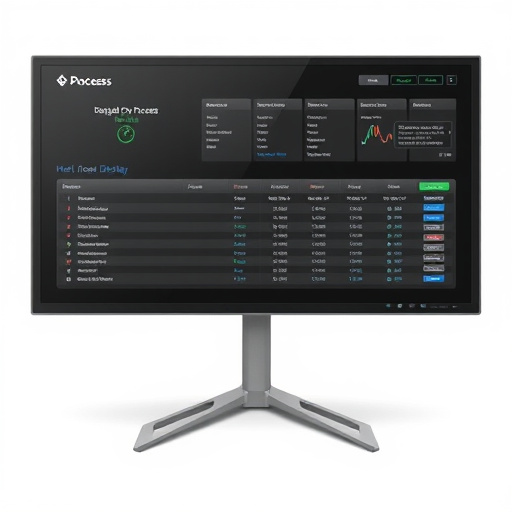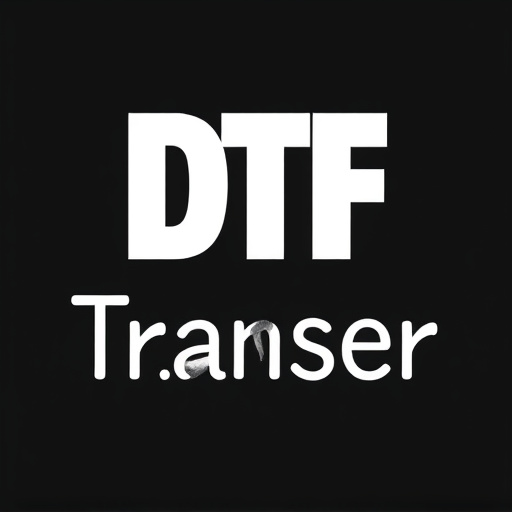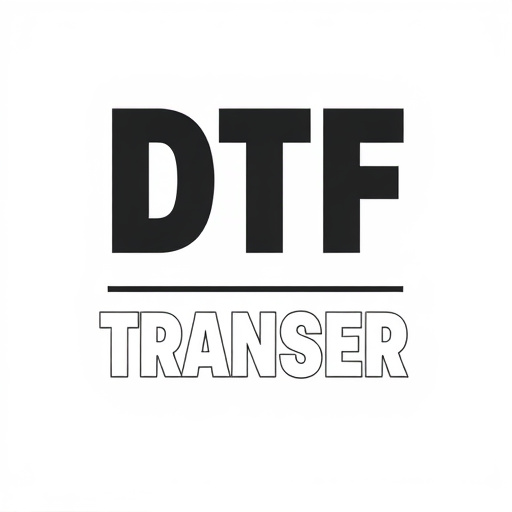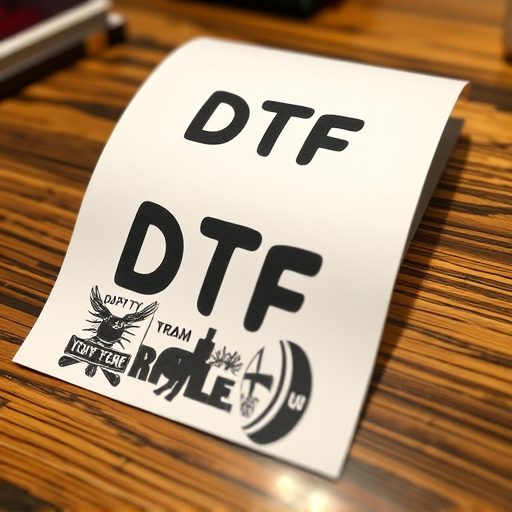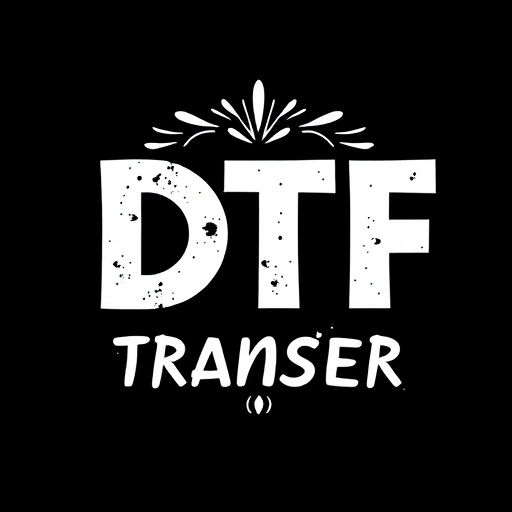Direct-to-Film (DTF) transfers are transforming printing by enabling businesses to directly reproduce and enhance digital images onto film, resulting in high-quality, vibrant prints with precise color. This technology offers significant advantages like minimal waste, reduced production times, and enhanced visual appeal, making it ideal for custom art, signage, and photographs. DTF's success relies on vendor partnerships, advanced equipment, and efficient workflows. Strategic vendor selection based on imaging quality, format handling, support, security, and pricing is crucial. Case studies demonstrate increased customer satisfaction and business growth through DTF's efficiency and superior image clarity.
Direct-to-Film (DTF) transfers are transforming the way businesses access and utilize film content. This cutting-edge technology allows resellers to convert films directly into digital formats, offering unparalleled convenience and quality. In this article, we explore the world of DTF, highlighting its benefits for businesses and resellers alike. From understanding the process to choosing the right vendor and optimizing operations, discover how DTF is revolutionizing film distribution and creating successful partnerships.
- Understanding Direct-to-Film (DTF) Transfers: A Brief Overview
- Benefits of DTF for Resellers and Businesses
- The Vendor's Role in the DTF Process
- Choosing the Right Vendor for Your Film Transfer Needs
- Optimizing Quality and Efficiency in DTF Operations
- Case Studies: Successful DTF Partnerships in Action
Understanding Direct-to-Film (DTF) Transfers: A Brief Overview

Direct-to-Film (DTF) transfers represent a cutting-edge method in the printing industry, offering businesses and resellers an innovative way to reproduce and enhance visual content. This process involves transferring digital images directly onto film, bypassing traditional intermediate steps. DTF is particularly valuable for those seeking high-quality, vibrant prints, as it allows for precise color reproduction and detailed imaging.
By employing DTF technology, vendors can provide a wide range of applications, from creating custom art and signage to producing high-resolution photographs. The process starts with digital files, which are then optimized for printing and directly imparted onto film. This method ensures that the final product retains the original image’s integrity, making it an ideal choice for professional printing demands.
Benefits of DTF for Resellers and Businesses
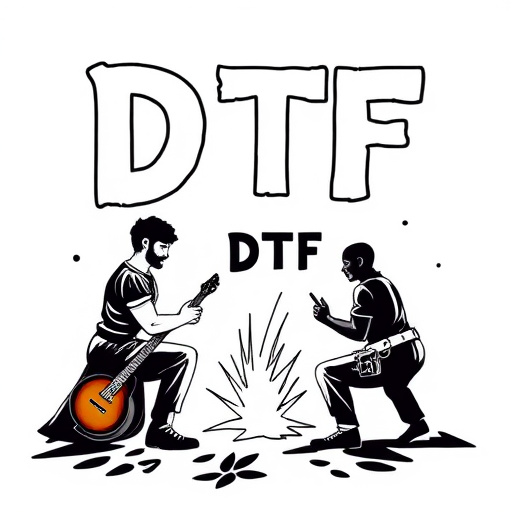
Direct-to-film (DTF) transfers offer a host of benefits for resellers and businesses looking to enhance their product offerings and customer experiences. One of the key advantages is the ability to provide high-quality, on-demand printing services with minimal waste. This not only reduces costs but also ensures that products are always up-to-date and in high demand. DTF technology allows for a wide range of print options, from vibrant colors and intricate designs to unique finishes, enabling businesses to differentiate their offerings and capture the attention of customers.
Furthermore, DTF transfers streamline the production process by eliminating the need for costly set-up fees and long lead times associated with traditional printing methods. This agility allows resellers and businesses to quickly adapt to market trends, launch new products, or fulfill custom orders promptly. With direct-to-film technology, there’s no longer a lag between design and delivery, enabling companies to stay competitive in today’s fast-paced business environment.
The Vendor's Role in the DTF Process
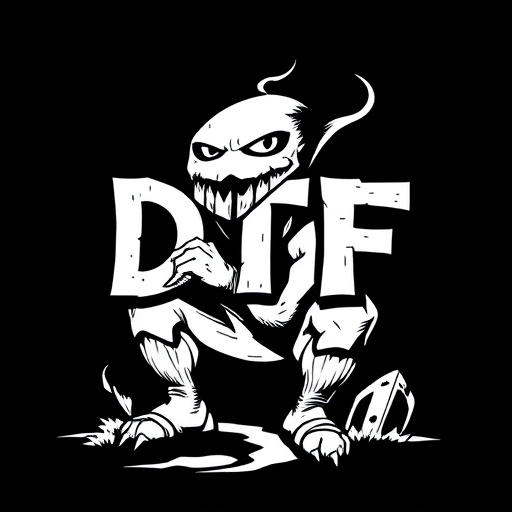
The vendor plays a pivotal role in the Direct-to-Film (DTF) process, acting as a bridge between film creators and businesses or resellers looking to reproduce and distribute content. They are responsible for ensuring the highest quality transfers, utilizing advanced equipment and expertise to capture every detail from the original film. This includes meticulously handling the film stock, carefully applying appropriate processing techniques, and accurately digitizing the image to preserve its integrity.
Moreover, vendors often provide essential services like color grading and restoration, enhancing the visual quality even further. They also facilitate the distribution process by offering various file formats tailored to different applications, ensuring resellers can easily incorporate the transferred content into their products or services. This seamless collaboration between vendor and reseller is key to the success of DTF, enabling businesses to offer high-quality, authentic film reproductions to their customers.
Choosing the Right Vendor for Your Film Transfer Needs
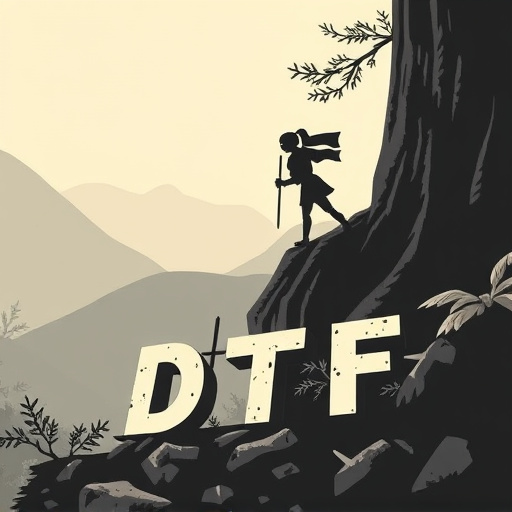
When selecting a vendor for direct-to-film (DTF) transfers, it’s crucial to consider several factors that align with your business goals and technical requirements. Look for a provider that offers high-quality, precise imaging and adheres to industry standards. Verify their experience in handling various film formats and the types of transfers you need—from 35mm to 16mm, or even specialized formats. Customer support and communication are also key; choose a vendor responsive to your queries and willing to guide you through the process.
Additionally, assess their turnaround times and pricing models. Transparent pricing structures and flexible options can significantly impact your bottom line. Ensure they provide secure file sharing and data protection measures, especially when handling sensitive or historical footage. Reputable vendors will prioritize these aspects, ensuring a seamless and successful DTF transfer experience tailored to your business’s unique needs.
Optimizing Quality and Efficiency in DTF Operations

Direct-to-film (DTF) operations require a delicate balance between quality and efficiency to thrive in today’s competitive market. Vendor partnerships play a pivotal role in achieving this equilibrium. By collaborating closely with resellers, businesses can optimize their DTF processes. This involves implementing advanced printing technologies that ensure consistent, high-resolution image quality across various media types. Efficient workflow management systems are also crucial, enabling seamless integration from design to final product, minimizing delays, and maximizing throughput.
Furthermore, ongoing training and support for staff on the latest DTF best practices can significantly enhance both speed and accuracy. This includes mastering color management techniques to ensure precise color reproduction, as well as learning efficient file preparation methods that streamline the process without compromising quality. Regular equipment maintenance and staying abreast of industry innovations further contribute to a robust and reliable DTF operation.
Case Studies: Successful DTF Partnerships in Action
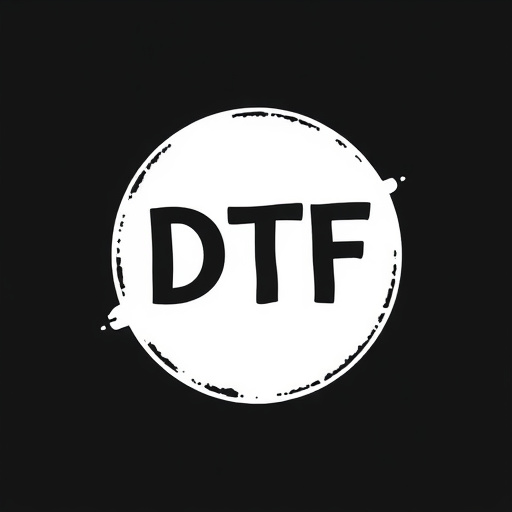
Direct-to-film (DTF) partnerships have proven to be a game-changer for many businesses and resellers, offering efficient and high-quality solutions. Case studies show that companies who collaborate with DTF vendors experience significant benefits, such as faster production times and improved image clarity. For instance, a leading photography equipment reseller witnessed a 30% increase in customer satisfaction after implementing DTF transfers for their film scans, allowing them to offer a more diverse range of services without compromising on quality.
Another successful partnership involved a small but ambitious design studio, which utilized DTF to print custom artwork for local businesses. By partnering with a reliable DTF vendor, they were able to streamline their production process, reduce waste, and deliver orders promptly. This not only enhanced their reputation as a forward-thinking business but also attracted a broader client base eager to embrace modern printing techniques.



